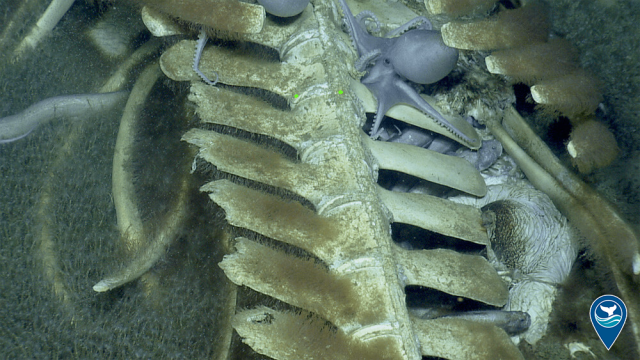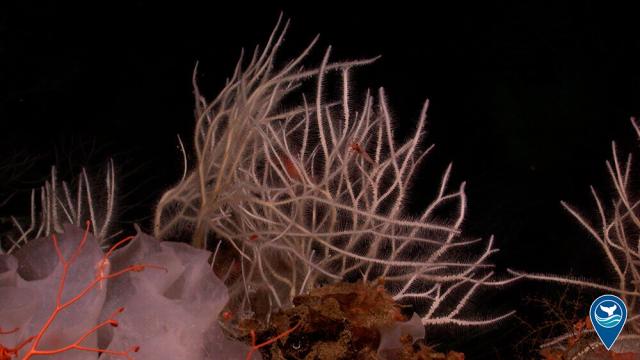#oceangardens




Davidson Seamount, located 80 miles southwest of Monterey, California, was first mapped in 1933 and was the first undersea feature to be characterized as a “seamount.“ Roughly 200,000 seamounts exist throughout the world, but relatively few have been explored and protected. Since the first biological expedition to Davidson Seamount in 2002, it has been globally recognized as one of the best studied and most protected seamounts.
Learn about some of the cool findings made in Monterey Bay National Marine Sanctuary and how this protected seamount teaches us about unique geologic formations deep in the ocean that contribute to ecological quality and ocean productivity.
Read it here: https://sanctuaries.noaa.gov/news/may22/explore-spectacular/10-discoveries.html
